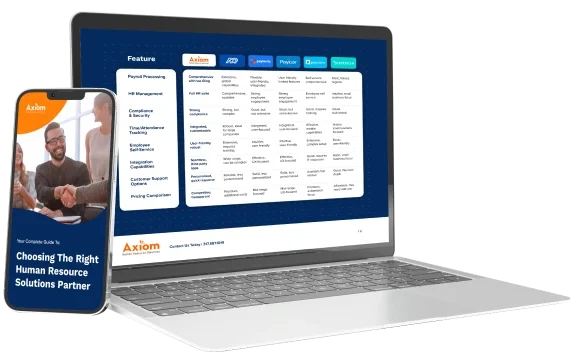
The Use of Technology in Senior Living Has Risen Steeply During COVID-19
Providers of senior living services across the nation are investing far more dollars in technology in order to meet the changing needs of both residents and staff since the onset of COVID-19. This phenomenon is expected to only increase.
A 2020 study by Senior Housing News and Philips revealed that 87% of those surveyed expected their technology spending to increase throughout the remainder of the year and then continue to increase in subsequent years, with technology budgets continuing to grow. Many senior living facilities that lacked strong Internet connections now understand that it’s a crucial “must-have” both for providers – serving their own facility needs such as improved human capital management tracking and telehealth services – and for resident connectivity with family members during times when visitors may not be allowed inside the facility. These improvements are only expected to continue, not wane.
The Changes
One challenge many senior living facilities face is understanding what specific technology capabilities they need, now that it’s apparent COVID-19 has made permanent shifts in the way they operate. An important step to take is to review the gaps the pandemic has brought to light and determine how streamlining current practices can improve outcomes.
Whether this means overhauling the building to improve WiFi capabilities for its residents, updating governance to focus on cybersecurity or adopting new applications for human capital management needs, it’s clear that those in the LTC community are prepared to embrace better technology for their staff and residents.
When it comes to residents and their connectivity to family members, up-to-date Internet connectivity is crucial, and so is the training by staff to ensure it can be used to the best of its ability. This will alleviate the surmounting stress both residents and their families feel about the quality of social and emotional care residents are being giving in their respective facility. This connectivity is equally crucial to providing the best health services available during a potential shutdown situation, often via telehealth.
Cybersecurity has become a growing problem in LTC facilities, even prior to COVID-19. The pandemic, however, shined a brighter light on the issue, particularly with the use of unsecured WiFi and lack of VPNs to support telehealth and social initiatives. Enhancing cybersecurity methods through up-to-date software, apps and the help of IT experts is extremely important to protect both employees and residents.
Growing Trends
Regarding preparation for the ongoing human capital management shift post-COVID, Gartner has identified two technology trends to focus upon. These are the increased need to a.) track employees via next generation workforce management and employee productivity management, particularly when it comes to hourly employees; and b.) use technology to better support employees’ development and well-being. This is helped by utilizing thoughtful workforce planning and modeling.
Although COVID-19 has been a terrible experience across the world and particularly for those surrounding LTC, making the changes to adapt has become an important learning experience. With the increased use and more sophisticated adoptions made in LTC technology, the overall health of facilities, employees and especially residents will be improved for years to come.
To learn about Axiom Human Resource Solutions’ single platform, multi-faceted HRS HR solution that address the human capital management initiatives identified via Gartner, visit our resource page or contact us today.
